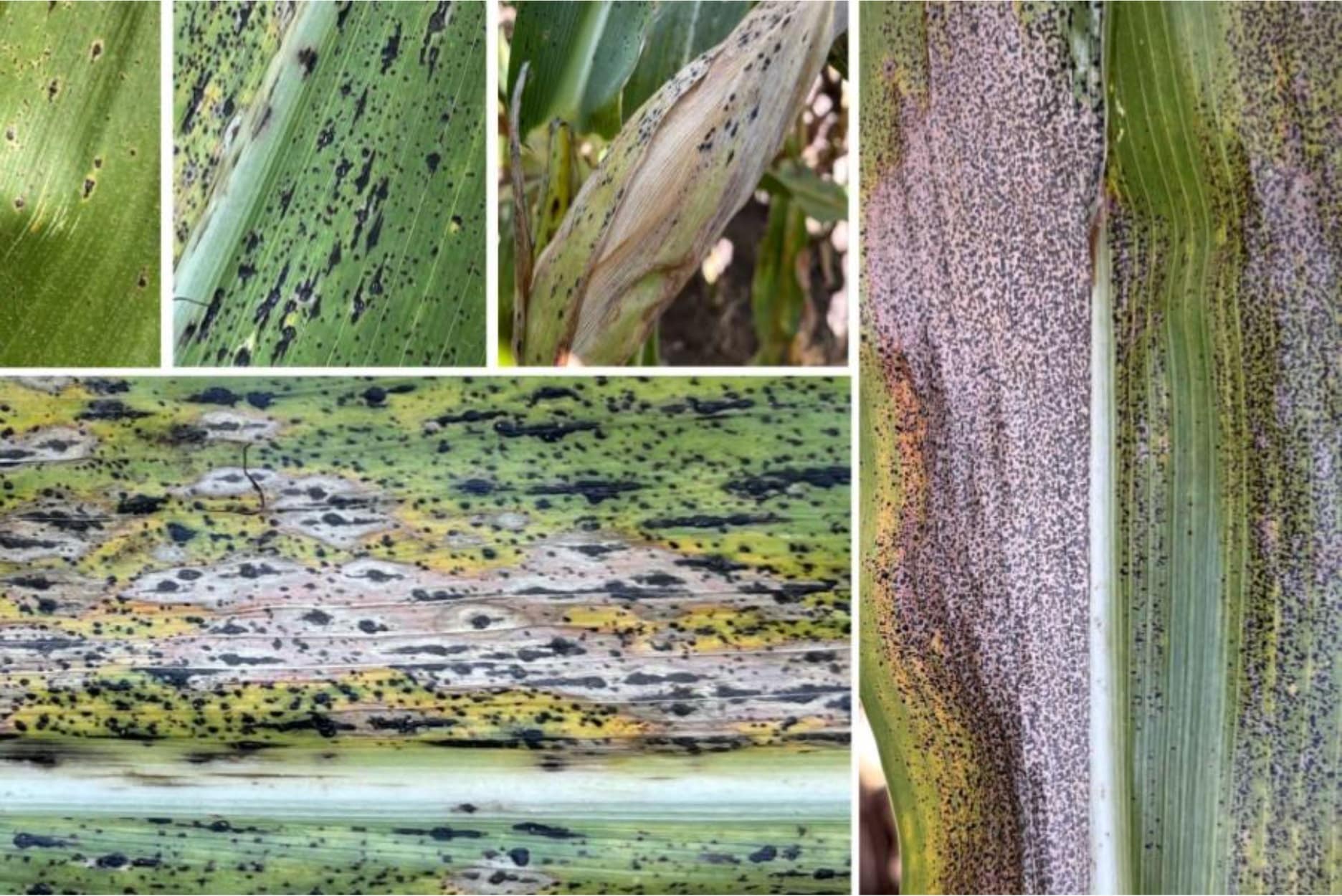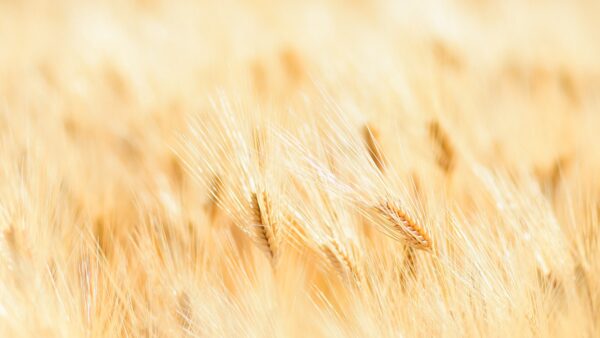Peter Lynch, vice president of research at AgReliant Genetics, discusses how seed choice and hybrids are helping stop tar spot in its tracks.
Seed World (SW): What’s the current outlook of tar spot?
Peter Lynch (PL): This disease is clearly top-of-mind with farmers. AgReliant Genetics recently completed a research survey to understand what farmers are thinking about tar spot and how they’re approaching strategies for managing it. The survey shows that farmers have become more concerned about tar spot than other diseases like northern corn leaf blight, southern rust and Goss’s wilt. Yet they don’t have clear understanding about the disease mechanism and how to manage it. We see opportunity for AgReliant Genetics to fill that gap through research and agronomic support.
SW: How do you think traits and seed choices factor into decisions right now?
PL: They’re factoring highly into decisions right now. When we think about tar spot, it’s a disease that is quantitative — the tolerance is quantitative in nature, meaning that there are multiple genes that have varying degrees of impact. One of the areas of research for us is to understand some of those factors that bring that tolerance into the hybrids, where those reside in our germplasm pool, and how we’re able to bring those together into commercial products that are available for the farmer.
SW: Are you finding that there’s any specific genetics that are actually working really well?
PL: From the breeding portfolio, when our breeders rate inbreds for their tolerance to tar spot, we have the good fortune of having a number of inbreds with a high level of tolerance both on the male and the female side of the pedigree. When we combine those together, we are actually able to bring high levels of tolerance on both sides of the pedigree. And fortunately, those elite inbreds also bring high productivity to the table.
SW: Can you tell me a little bit more about how you rate some of those hybrids for tar spot?
PL: We have a pathology team. That team helps us create a standard method around evaluating hybrids or inbreds. Not only does that team evaluate both our inbreds and our hybrids, but they also then provide training to all of our breeders and field researchers. When they spend time in the field, they’re able to rate our trials for those diseases and several other diseases in order for us to be able to really understand across multiple environments and how our germplasm performs.
SW: I know different companies have different tar spot rating systems. How does AgReliant Genetics stack up?
PL: AgReliant Genetics rating systems are based on our research team’s field observations of hybrid performance in the face of tar spot. We rate our hybrids and include those ratings within seed guides for our LG Seeds and AgriGold brands. LG Seeds uses a one to nine scale, one being susceptible and nine being highly tolerant. AgriGold uses a one to five scale. Not only that, our agronomists can also help the farmer customer make decisions around what would be the best combination of tolerance for them.
SW: Do you think we’ll eventually need to develop a specific trait to combat tar spot?
PL: Tar spot is one of those diseases where our breeders approach it in what we call a quantitative genetic improvement approach — meaning that we identify certain factors that have varying levels of impact on delivering that tolerance. And so will we need a trait specifically for tar spot? Fungicide actually helps us in many ways to combat the disease in addition to tolerant hybrids. I think that is going to be a successful approach.
SW: What are you hoping to see in the future of tar spot solutions?
PL: You know, I bring it back to AgReliant Genetics. We’re a company that is focused solely on seed. Our research is really directed towards genetic improvements. We have a portfolio of germplasm that is unique specifically to AgReliant. And, we’re one of the few global germplasm pools to be able to work against overcoming these diseases — we bring all of that together into hybrids that are unique to AgReliant for farmer customers. I’m hoping to see for tar spot is that we continue through our focus on genetic improvement and that we’re able to increase the levels of tolerance in our unique hybrids over time. Finally, I hope we’re able to offer them more hybrids across more maturity zones.











